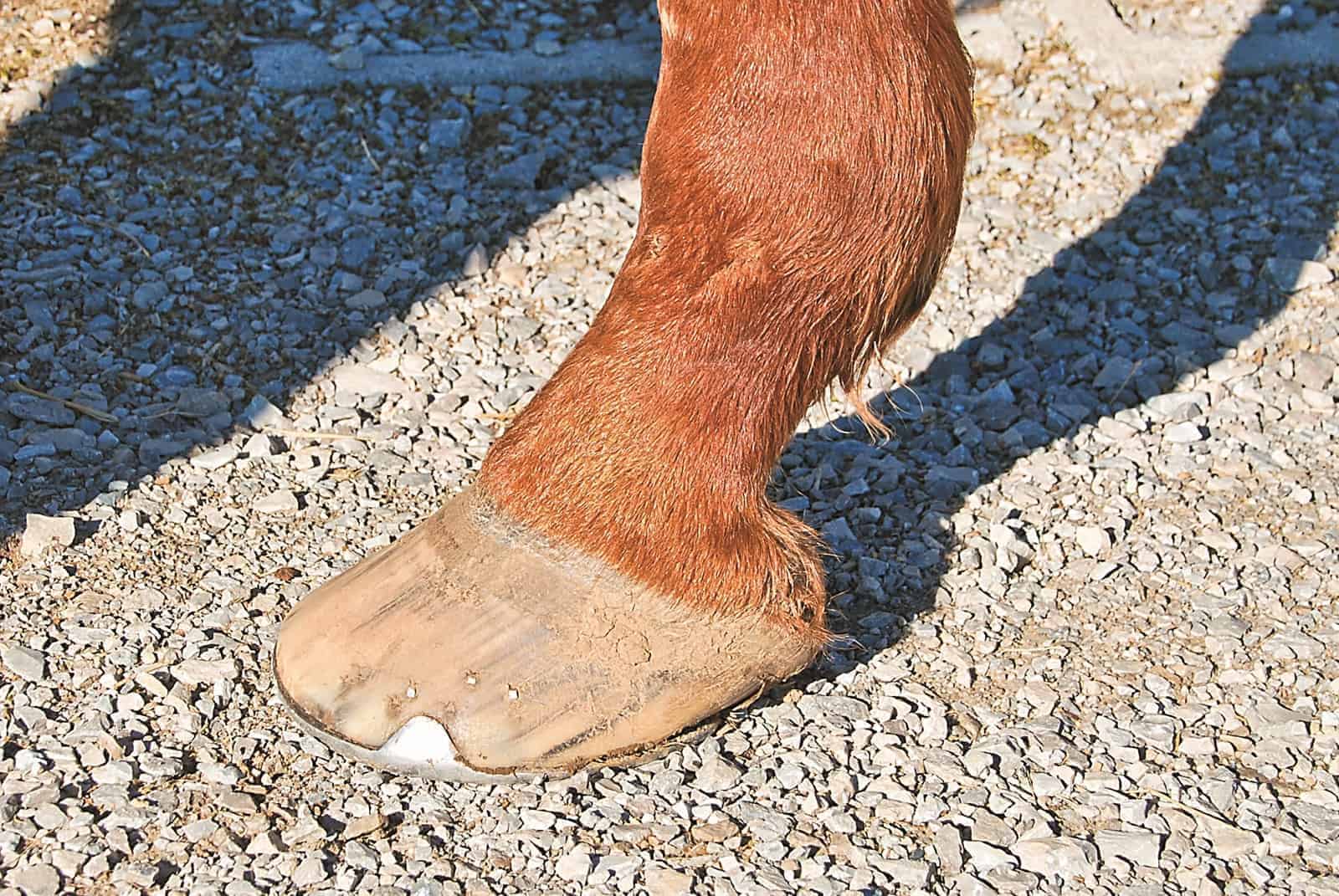The Relationship Between Hoof Deformation and Underrun Heels

Horse owners, veterinarians, and farriers alike know that preventing hoof problems is better than having to fix them. But when a hoof problem, such as underrun heels, does develop, it’s important for your horse’s health care team to be up-to-date on the latest in research and treatment methods.
Peter Day, Dipl. WCF, farrier at the Royal Veterinary College, in Hertfordshire, United Kingdom, and colleagues conducted a series of studies looking at the relationship between hoof deformation (a shock-absorbing mechanism—the natural change in the hoof capsule’s shape every time it’s loaded with the horse’s weight) and underrun heels. They compared the degree of deformation in hooves with underrun heels versus without underrun heels as well as the effects of carbon composite hoof wall patches on underrun heels. Day presented his findings at the 2017 International Hoof-Care Summit, held Jan. 24-27 in Cincinnati, Ohio.
Regardless of the term used—underrun heels; long-toe, low-heel; slung heels; or collapsed heels—it appears to occur more frequently in the front feet than the hind. For this reason, Day’s research focused on only the front hooves. He said he considers heels to be underrun or collapsed when the heel angle is lower than the toe angle by about five degrees
Create a free account with TheHorse.com to view this content.
TheHorse.com is home to thousands of free articles about horse health care. In order to access some of our exclusive free content, you must be signed into TheHorse.com.
Start your free account today!
Already have an account?
and continue reading.
Written by:
Sarah Evers Conrad
Related Articles
Stay on top of the most recent Horse Health news with











